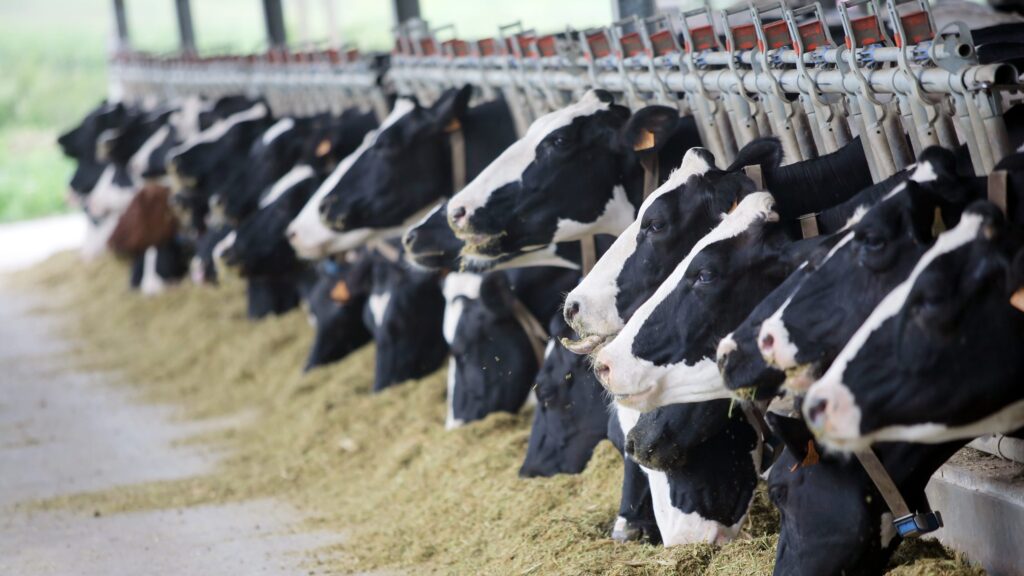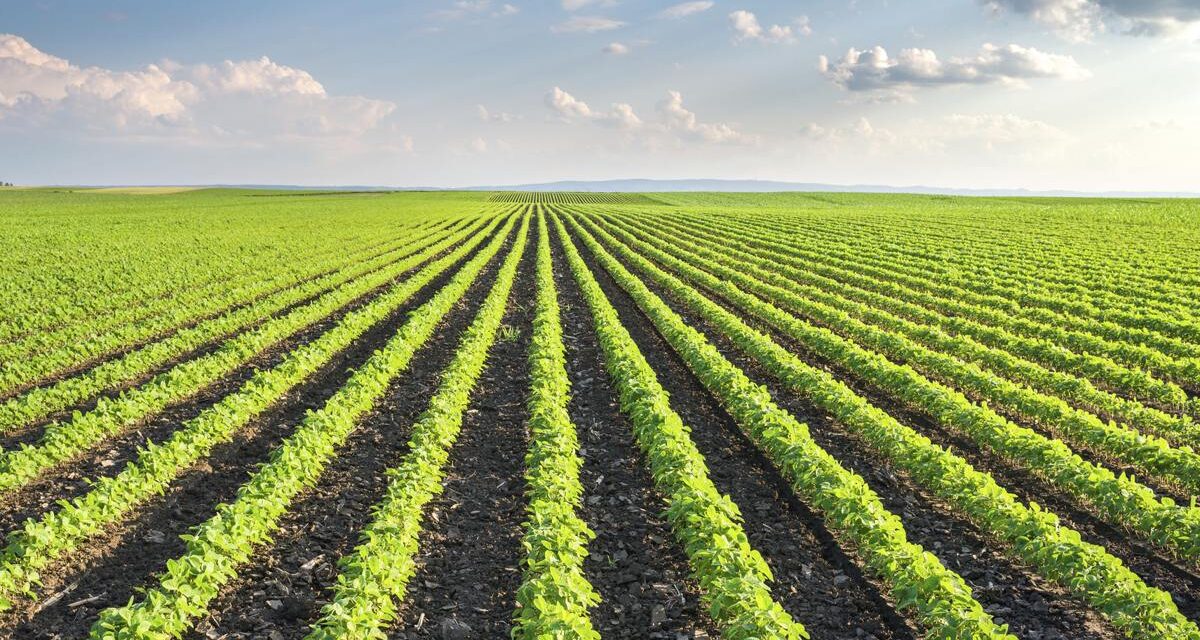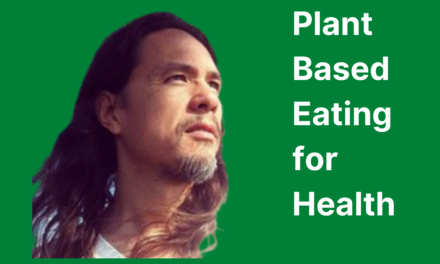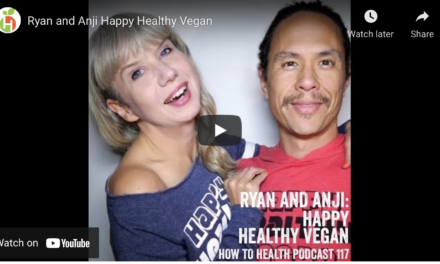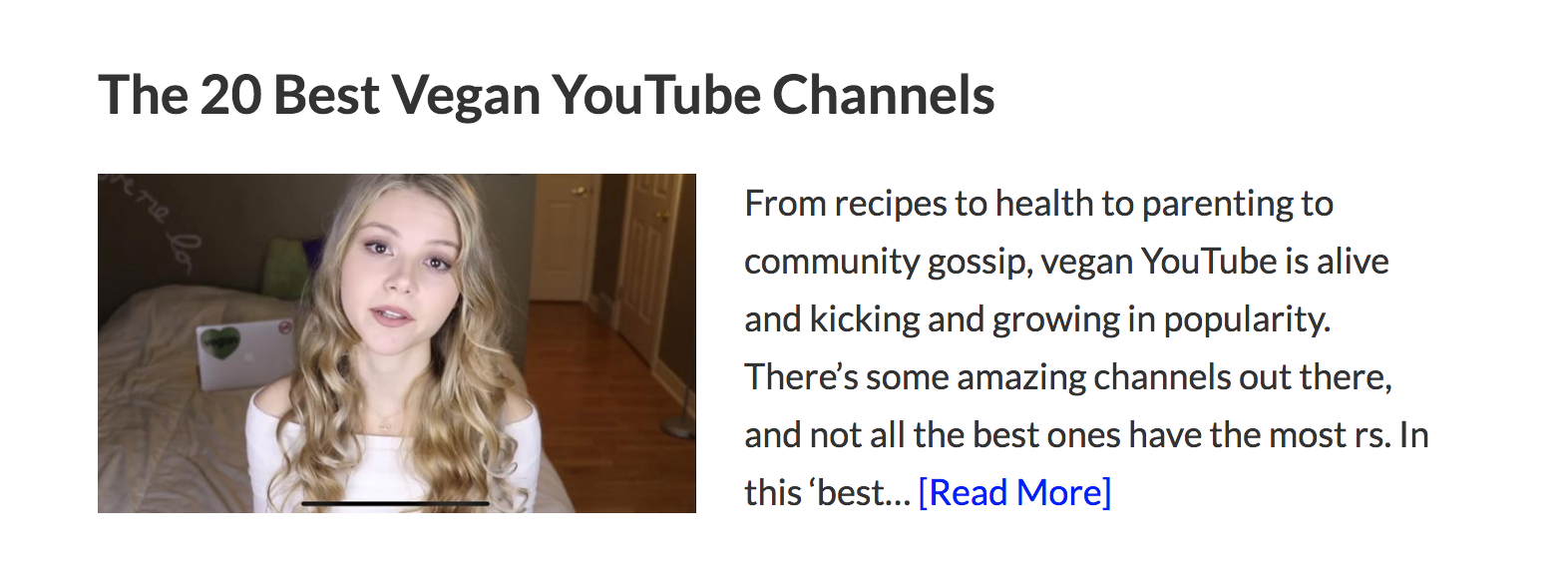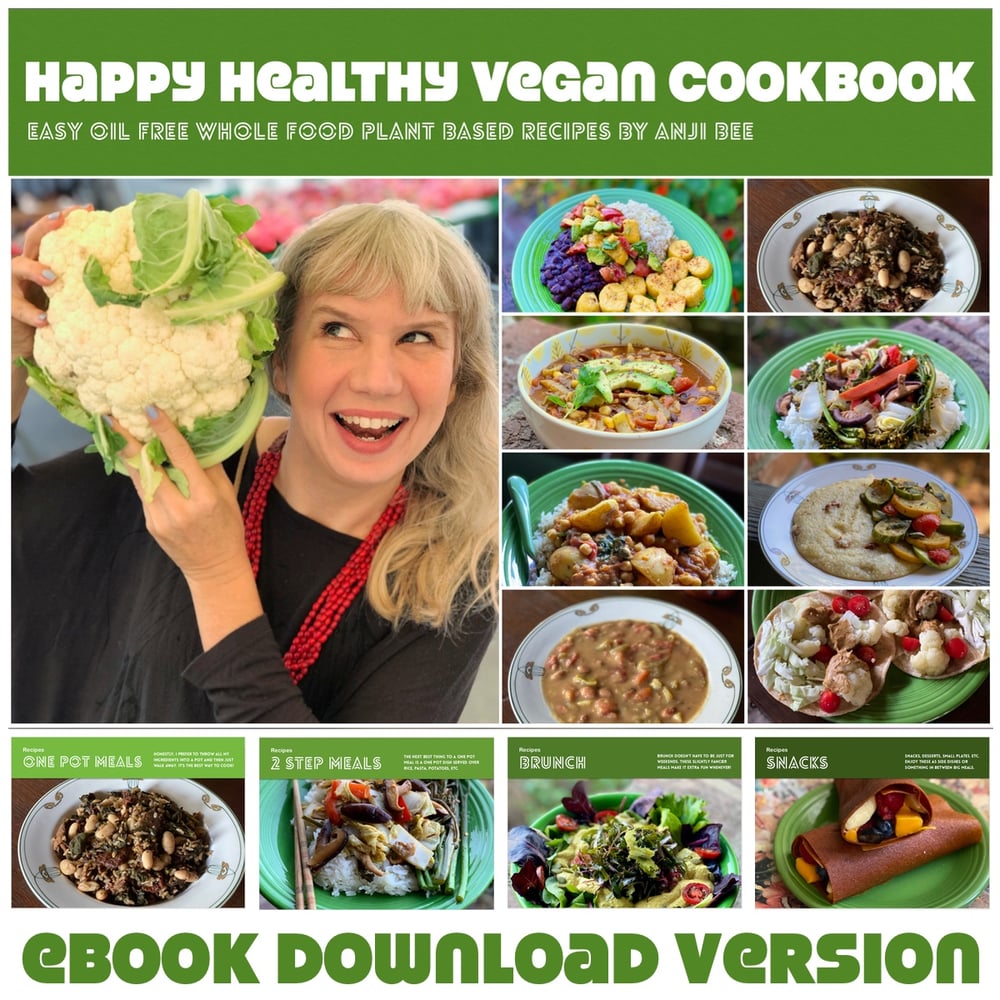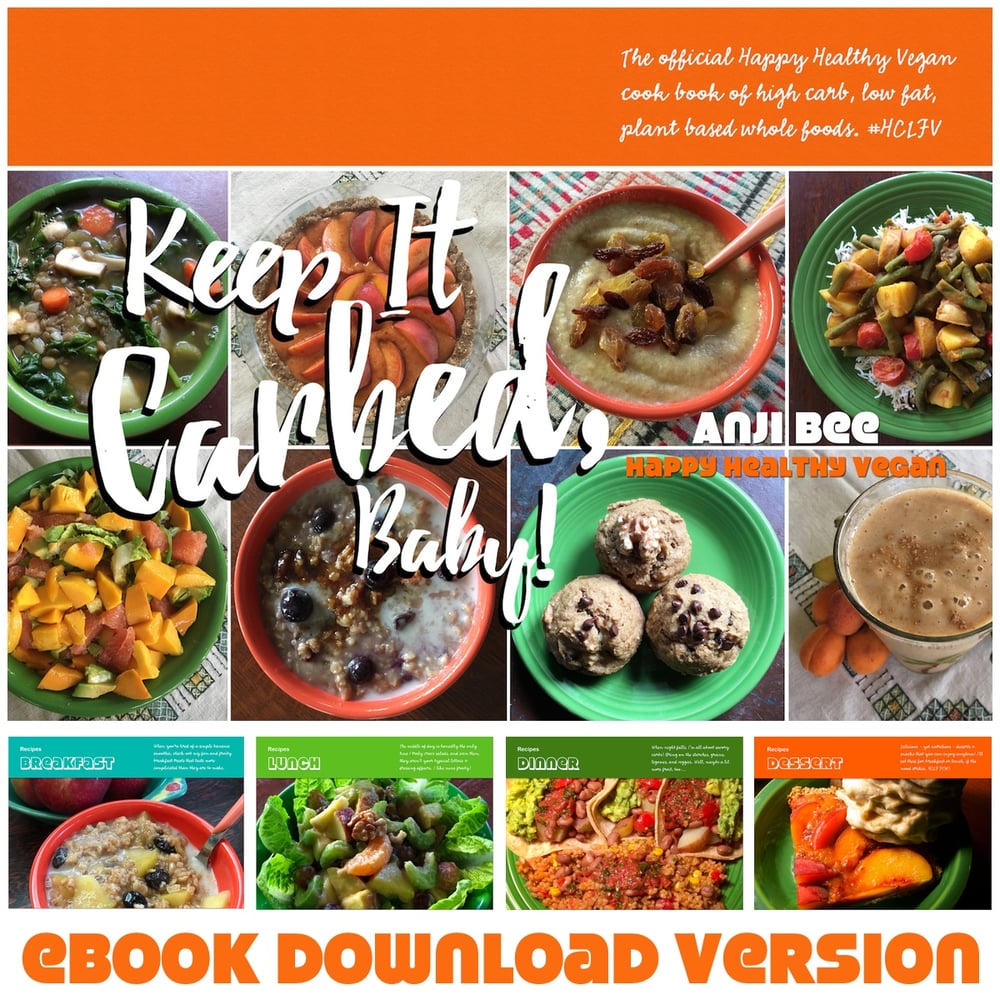Monoculture crops are a common argument against veganism from detractors, but is it true that vegans are the cause of this farming practice?
Some of the most widely grown monoculture crops include corn, soybeans, wheat, cotton, and canola. These crops are typically grown on large industrial farms and serve a variety of purposes, including animal feed, biofuels, and textiles. Let’s break down how these crops are used.
About a third of the global corn crop is used for animal feed, with cattle, hogs, and poultry being the primary consumers. Corn provides carbohydrates in animal feed, while soybeans provide protein. It takes a significant amount of corn to produce corn-fed beef, with estimates suggesting that a beef cow can consume up to a ton of corn if raised in a feedlot. In addition to corn, dairy and beef cows also consume silage, which is fermented corn stalks and other green plants.
Just over a third of the global corn crop is used to produce ethanol, a renewable fuel additive to gasoline. The remaining corn crop is used for human food, beverages, and industrial uses in the US or exported to other countries for food or feed use.
More than three-quarters of the global soy crop is fed to livestock for meat and dairy production, while the majority of the remaining soy crop is used for biofuels, industry, or vegetable oils. Only 7% of soy is used directly for human food products such as tofu, soy milk, edamame beans, and tempeh.
While over two-thirds of global wheat is used for human consumption, 20% is used for livestock feed, and an additional 3-5% is used for seed, industrial purposes, and other uses.
Between 38 to 45% of the canola seed is vegetable oil (fats), which is primarily used in the food market. The remaining seed consists of carbohydrates and protein solids, which are processed into meal for use in livestock feed. Canola is often grown as a cover crop in rotation with wheat, corn, or soybean.
Surprisingly, over 50% of the annual supply of whole cottonseed is consumed by dairy cattle. Cottonseed, cottonseed meal, and cottonseed hulls are widely used as feed ingredients in beef cattle diets, with gin trash and cotton stalk residue being fed to a lesser extent.
A 2021 survey by The Economist estimated that approximately 1% of the global population, or 79 million people, identify as vegans, it’s important to note that veganism is not the primary driving force behind monoculture crops. Instead, it is abundantly clear that meat and dairy consumption plays a significant part in the production of monoculture crops.
